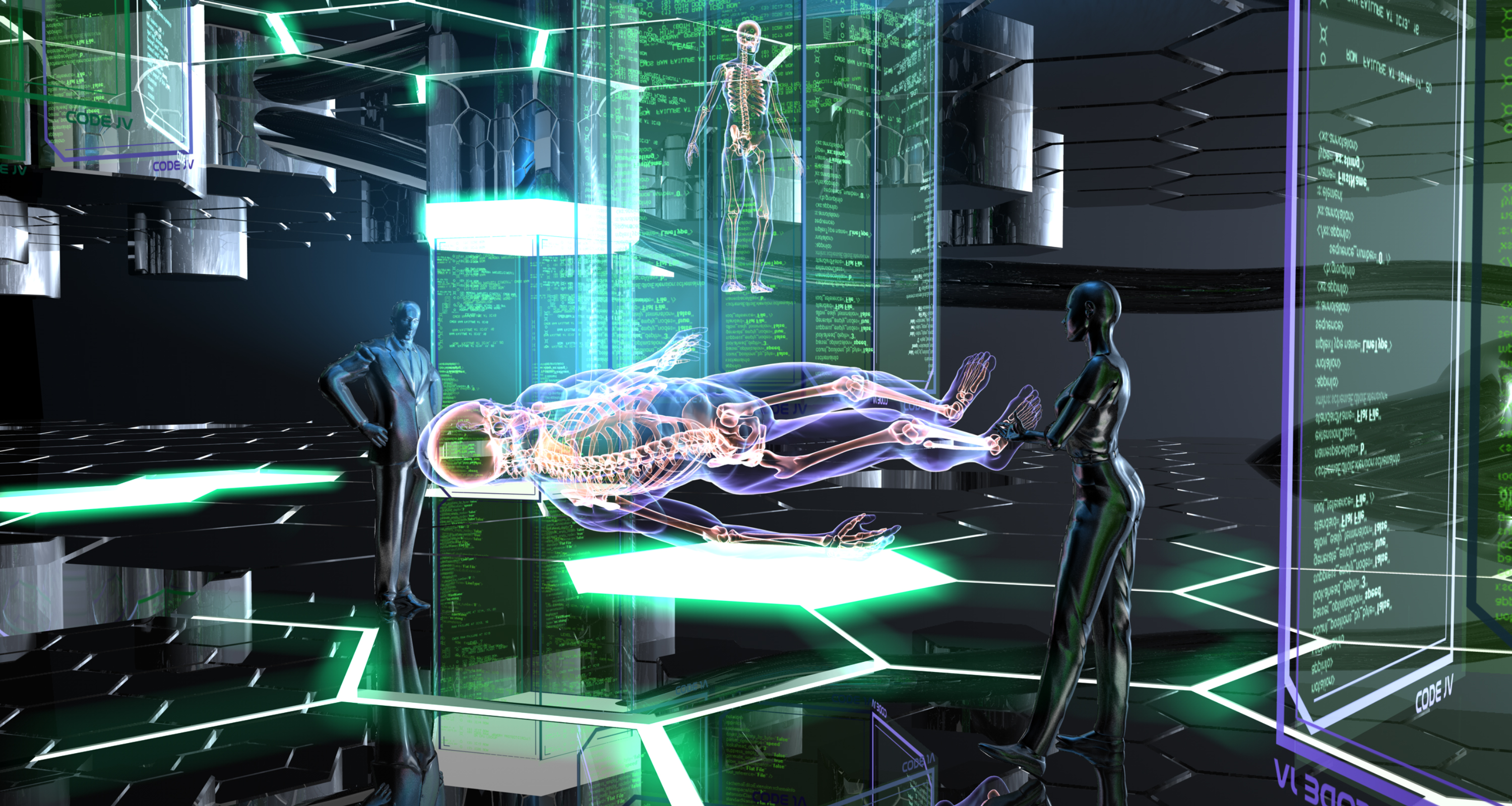
There’s no shortage of attention being paid to the myriad ways AI could impact healthcare research and delivery of care, these days. But while enhancing the focus on the patient may be the most important role for AI in healthcare it’s certainly far from the only one.
Writing recently at CIO Review, for example, Lisa Feeley, vice president of Transwestern, a global commercial real estate company, has an interesting commentary on the potential for AI to impact healthcare well outside the doctor’s office. Or, perhaps it’s better to say she provides a look at how AI stands to impact how doctors’ offices are actually built.
As she sums it up early on, “(a)s hospitals and healthcare providers expand to bring services closer to the consumer, . . . any hospital systems will look for state-of-the-art technologies to enhance designing and constructing facilities that optimize patient outcomes and satisfaction, as well as staff productivity.”
For example, she points to the implementation of so-called “lean” design that is increasingly being “used in conjunction with big data and artificial intelligence. Both technologies will enhance the speed and accuracy of decision-making by hospital owners and the architecture, engineering, and construction industry.”
Indeed, she continues, “the lean process can be applied to everything from the construction supply chain through delivery and project activation, (but) the most crucial consideration is designing healthcare facilities that can be easily adapted for capacity, delivery of care, and future technology. Much of today’s waste is created when construction and development teams have not fully anticipated the need for future conversion.”
Big data, she says, can be used for analyzing space utilization. “Evaluating patient volume and traffic patterns enable hospital systems to make informed decisions on the number and types of rooms needed, reducing the likelihood that the facility would need to be renovated down the line to accommodate for changes in growth or demographics. Before even beginning construction, big data can be used to study the different orientations of a building and how it impacts lighting to help reduce energy consumption, an improvement that has an immediate impact on the bottom line.”
As for AI, it can be tapped to improve materials management, inventory, and procurement. “Construction companies could potentially project inventory levels in real-time to direct procurement decisions, ensuring crews always have the right amount of supplies. It will sharpen the entire supply chain to keep projects on schedule and condense the construction timeline.”
In the end, says Feeley, the increased use of big data and AI in healthcare construction “will only further efforts to make healthcare more accessible to consumers by delivering high-quality healthcare facilities in a more cost-effective and timely manner.”


